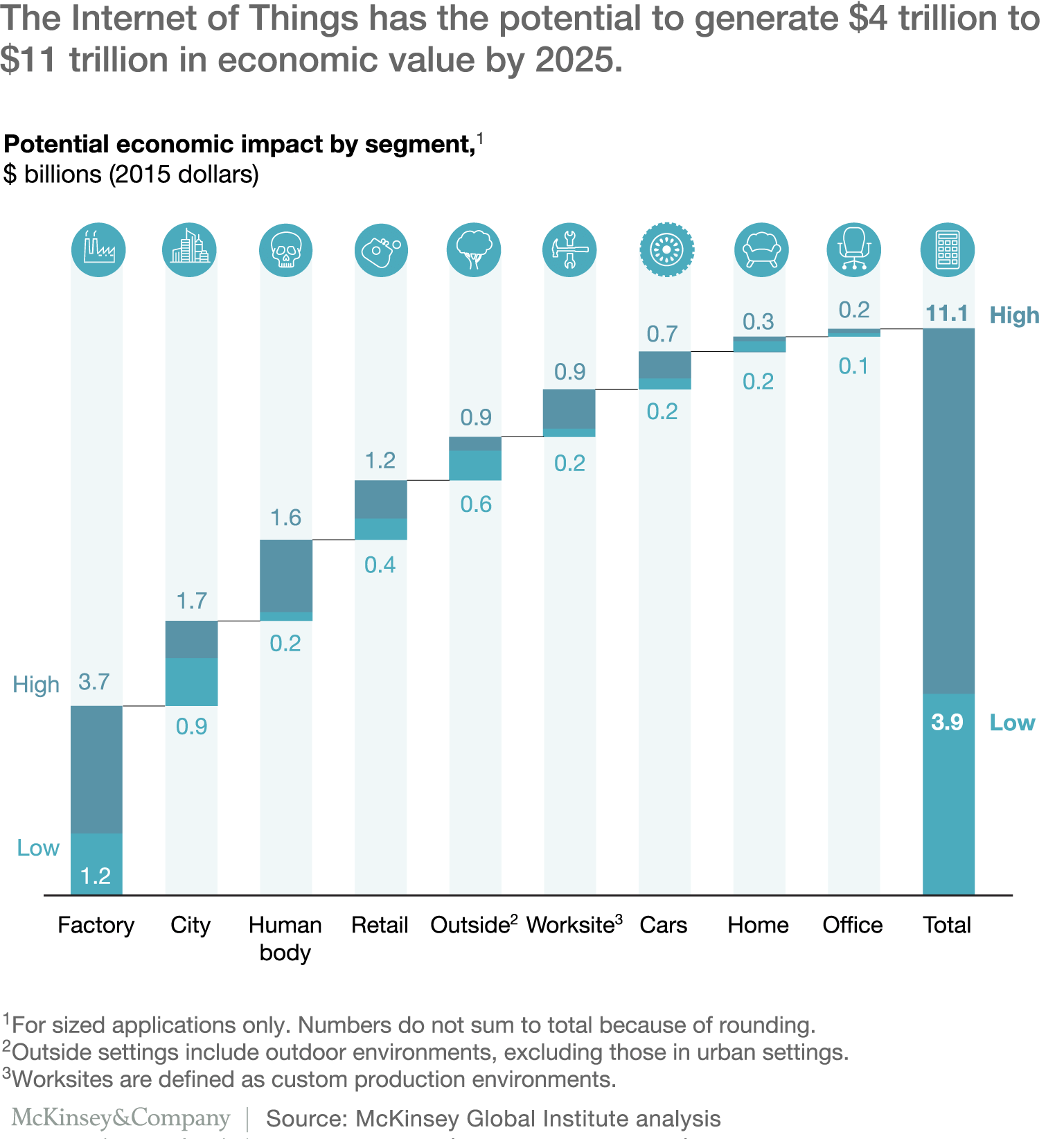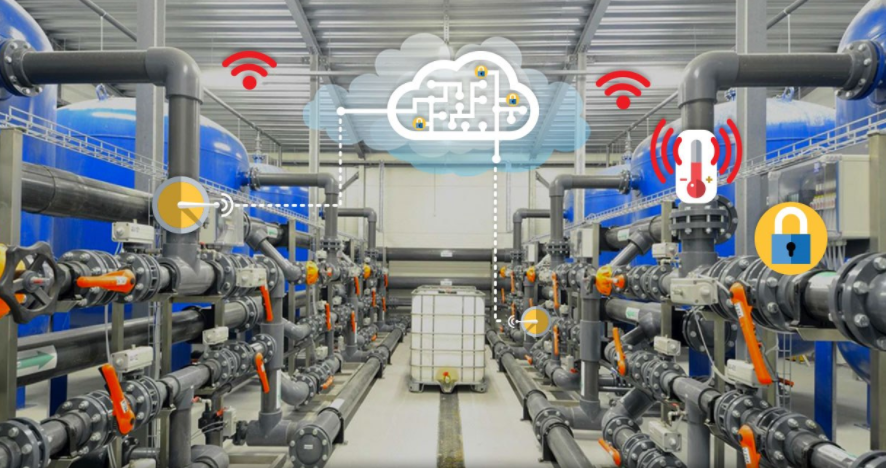There’s a new research paper by Seyed Mahdi Darroudi and Carles Gomez of Department of Network Engineering, Universitat Politècnica de Catalunya, Castelldefels 08860, Spain on Bluetooth Low Energy Mesh Networks: A Survey (pdf).
It gives a consolidated view of mesh Bluetooth LE networks. It explains how Bluetooth LE was originally designed for a star network topology with limited range. While Bluetooth 5 increases the range, there are still scenarios that require longer range which can be solved by networking devices into a mesh. The paper covers current standard, academic and proprietary mesh networks and discusses the merits of flooding-based vs routing-based solutions.
![]()
One omission is FruityMesh that isn’t discussed in the paper. Another omission is discussion of battery/power use. One of the main features of Bluetooth LE is low power. This comes about because devices only transmit for about 1ms every period, where a period is typically 100ms to 1s. Once devices have to talk to each other, the transmission time goes up with a consequent increase of battery power. In practice, battery driven mesh networks end up having high latency and/or very low data throughput in order to conserve power.
Another consideration is what goes on top of Bluetooth LE mesh networks. The application layer is often left to the developer. For example, facilities to manage meshes of iBeacon/Eddystone beacons don’t exist. The application level ends up being proprietary and complex.

